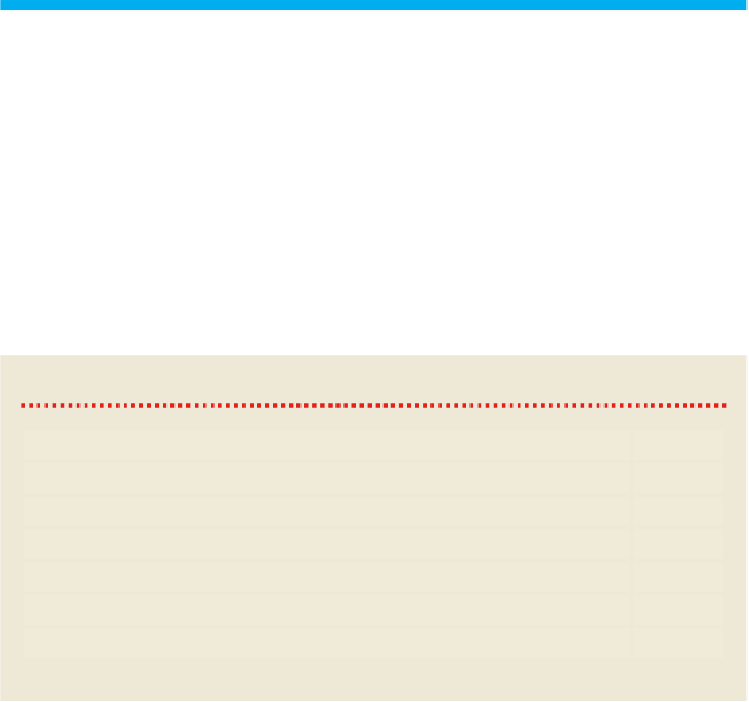Travel Reference
In-Depth Information
Possibly Myanmar's most forgotten ancient capital, Pinya rose to prominence in 1303 in
the aftermath of the last wave of Mongol attacks. Its founder was upstart governor-king
Thihathu, whose son, Athingaraza Sawyun, soon set up a rival kingdom across the river
in Sagaing. The two coexisted for half a century, creating Bagan-style buildings, but
today all that remains of old Pinya is a trio of large brick stupa ruins. Two of them are
significantly overgrown but each has buddha images still visible within. The trio isn't
worth a special trip but the site makes an easy 10-minute detour en route to/from Man-
dalay Airport.
TOP OF CHAPTER
Yedagon Hills
One of Mandalay's loveliest motorcycle excursions heads east on a rural lane starting
just south of 35th St's eastern end. The ride starts with an avenue of rain trees between
paddy fields that glow emerald green in October. Cross the big canal and continue past
the
Yaytagon Golf Resort
( 09 203 4052; green fees/caddy/clubs/buggy $30/10/22/15;
5am-7pm)
and the second of two similarly named Dhamma Mandala meditation
centres (
Click here
)
, and the road appears to end at an abrupt green massif. In fact, a
small lane to the right winds high up into these steep hills for super views, accessing a
series of stupas, mini-monasteries and hermitages perched on and into crags and clefts,
partly hidden in the lush foliage. The most eye-catching feature is the
Denggangaya
(500 monk) stairway
with a seemingly endless procession of 8ft-tall red-robed concrete
statues descending the mountain from
Tharwadaitar shrine
.
WHICH CAPITAL WHEN
Capital
From
Pinya (Myinsaing dynasty)
1303
Sagaing (co-existing with Pinya)
1315
Inwa (Ava)
1364
Taungoo
1555
Inwa (Ava)
1636
Shwebo (then called Mokesbo)
1752



